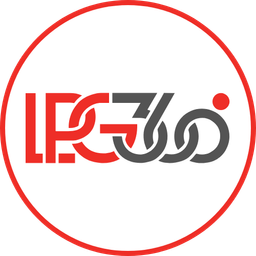Understanding Consumer Behavior in the LPG Market: An Evolving Insight

As the global energy landscape changes, consumer behavior in the LPG market is also evolving. From rural households to urban industries, the way people use and perceive LPG is being shaped by convenience, pricing, awareness, and sustainability. By understanding these insights, companies and policymakers can better serve users, improve safety, and promote clean energy access. This blog dives into the key shifts in LPG consumption patterns and what they reveal about today’s consumers.
Evolving Consumer Trends in the LPG Sector
1. Shift Toward Digital Convenience
More consumers are embracing online platforms for ordering LPG refills. Mobile apps, QR code scanning, and digital wallets are now a normal part of the LPG experience. This shift shows how digital literacy is increasing even in semi-urban and rural regions, offering businesses an opportunity to improve service delivery.
2. Preference for Transparency and Control
Consumers now expect real-time data—whether it’s cylinder level indicators or usage tracking. This demand for transparency has led to the rise of smart meters and composite cylinders with visible gas levels. Customers want more control over how much they use and spend.
3. Growing Safety Awareness
There is a noticeable increase in consumer awareness around LPG safety. Users are more likely to attend safety training sessions, follow guidelines, and report leaks promptly. This behavioral change is driven by both government campaigns and increased access to information via social media.
4. Environmental Consciousness on the Rise
Urban and environmentally-conscious consumers are seeking cleaner fuel options. LPG, often seen as a cleaner alternative to coal or kerosene, is gaining ground. Moreover, interest in bio-LPG and hybrid blends is growing, especially among younger consumers.
5. Rural Adaptation with Local Solutions
In rural areas, while affordability is still a key factor, community-based distribution models and micro-refill stations are making LPG more accessible. Women-led initiatives and government subsidies have played a critical role in driving adoption in these regions.

Conclusion:
Consumer behavior in the LPG sector is becoming more informed, digital, and eco-conscious. By tapping into these insights, the industry can tailor products, improve services, and create lasting customer loyalty. Understanding these shifts isn’t just smart business—it’s essential for building a sustainable and inclusive energy future.
#LPG #LPG360 #LPGInsight #EnergyAccess #CleanCooking #ConsumerBehavior #SmartLPG #LPGTrends #DigitalEnergy #LPGInnovation #SustainableFuel #LPGUsers #EnergyShift #FutureOfFuel #EcoFriendlyChoices #SmartConsumers #EnergyForAll






